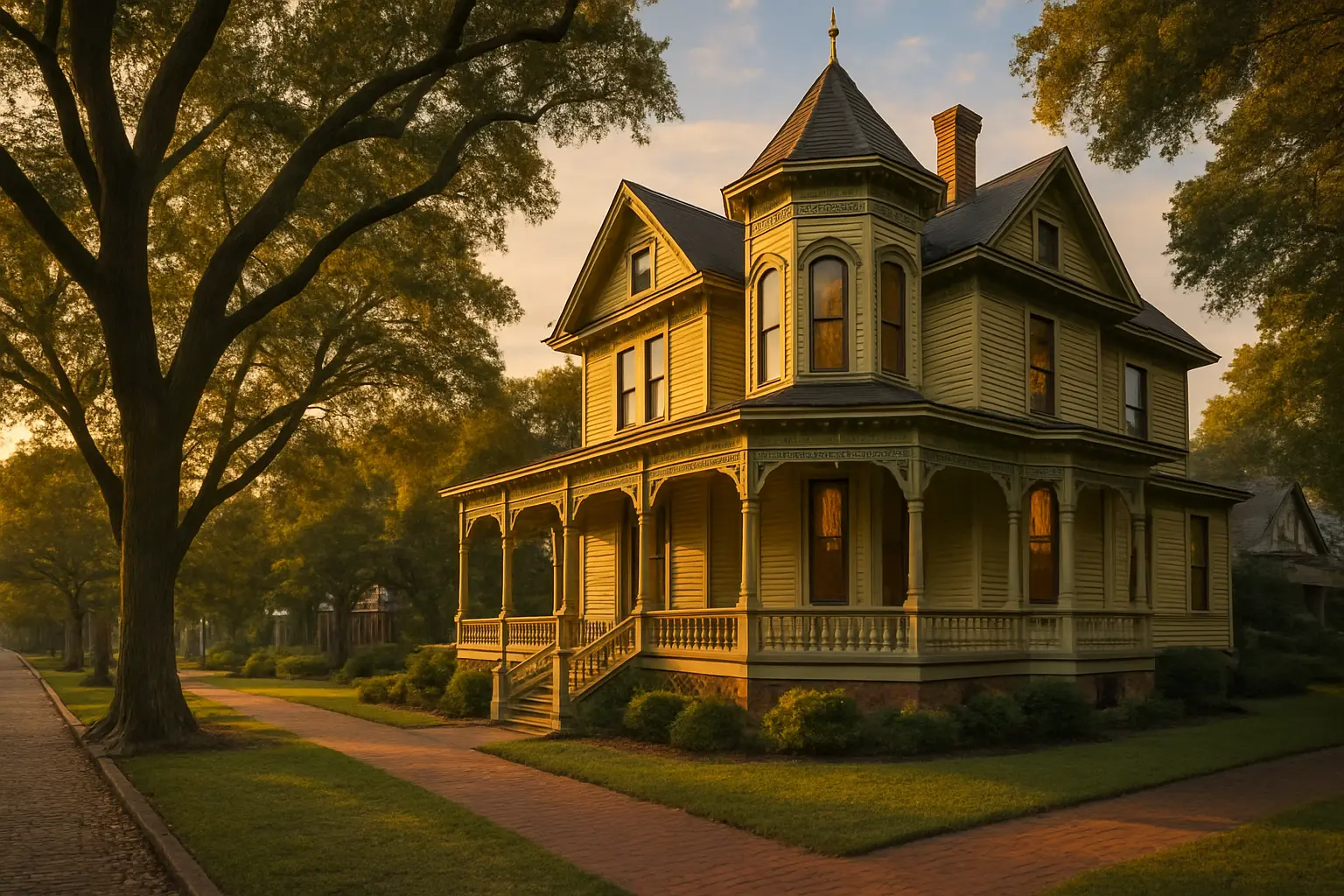Hidden Gems: Why Little Rock's Historic Districts Are a Smart Investment Move
Discover how historic properties in Little Rock's charming neighborhoods offer unique opportunities for savvy homebuyers and investors.

The Timeless Appeal of Little Rock's Historic Districts
In the heart of Arkansas's capital city lies a treasure trove of architectural heritage that's catching the eye of discerning investors and homebuyers alike. Little Rock's historic districts, with their tree-lined streets and character-rich properties, represent more than just beautiful homes – they're increasingly becoming smart investment opportunities in today's real estate market.
From the iconic Quapaw Quarter to the charming Heights neighborhood, these areas showcase some of the finest examples of preserved residential architecture in the South. Each district tells its own unique story through Victorian mansions, Craftsman bungalows, and Colonial Revival homes that have stood the test of time.
Market Value and Buyer Appeal
Why Historic Properties Hold Their Value
- Limited supply of authentic historic homes
- Architectural details impossible to replicate at modern construction costs
- Strong community preservation guidelines protecting neighborhood character
- Growing appreciation for unique, character-rich properties
Recent market trends show that properties in Little Rock's historic districts consistently outperform the broader market in terms of value retention. These neighborhoods attract a diverse range of buyers, from young professionals seeking character-filled starter homes to empty nesters looking for distinctive properties with stories to tell.
Historic district properties have shown remarkable resilience in market fluctuations, with average appreciation rates exceeding those of conventional neighborhoods by 15-20% over the past five years.
Renovation Potential and Modern Living
One of the most exciting aspects of investing in historic properties is the opportunity to blend period charm with modern conveniences. Successful renovations in Little Rock's historic districts have demonstrated how to:
Smart Upgrades for Modern Living
- Install energy-efficient systems while preserving historic features
- Create open-concept living spaces while maintaining structural integrity
- Add modern kitchens and baths that complement original architecture
- Incorporate smart home technology without compromising character
Local preservation guidelines provide clear frameworks for renovations, ensuring that modernization efforts enhance rather than diminish historical value. Many homeowners find that these guidelines actually protect their investment by maintaining the neighborhood's distinctive appeal.
Making an Informed Investment Decision
Before investing in Little Rock's historic districts, consider these key factors:
- Location Selection: Research specific historic districts and their unique characteristics
- Property Condition: Assess renovation needs and associated costs
- Zoning Requirements: Understand local preservation guidelines and restrictions
- Market Trends: Analyze neighborhood-specific value appreciation patterns
Working with real estate professionals who specialize in historic properties can provide valuable insights into the unique aspects of these investments. Local preservation societies and neighborhood associations also offer resources and community connections that can prove invaluable.
Financial Considerations
While historic properties may require larger initial investments, they often offer:
- Tax incentives for qualified rehabilitation projects
- Higher potential for appreciation in value
- Strong rental income potential in popular historic districts
- Opportunities for historic preservation grants
As Little Rock continues to grow and evolve, its historic districts stand as testament to the enduring value of architectural heritage. For investors willing to embrace both the challenges and rewards of historic property ownership, these neighborhoods offer unique opportunities to participate in the preservation of Little Rock's architectural legacy while building long-term value.


